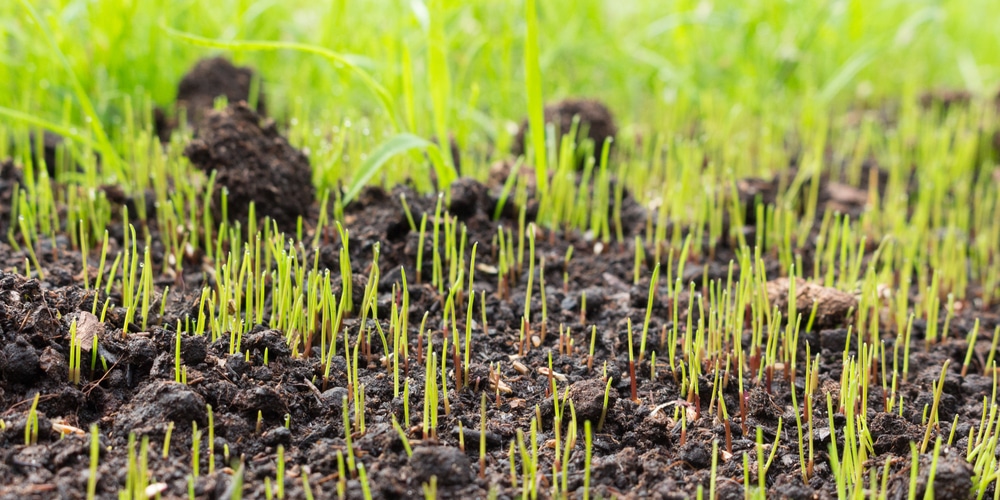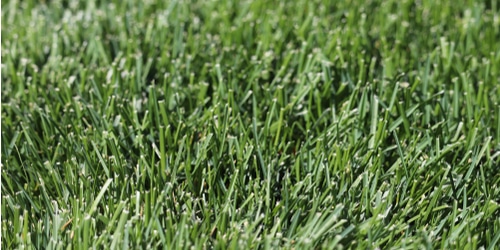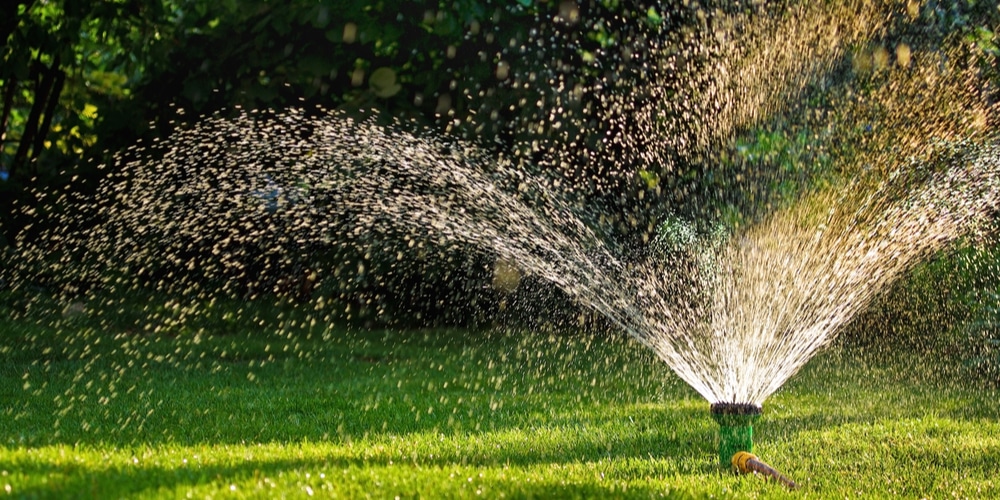While some warm-season turfgrasses, such as Bermuda, remain green throughout the year in areas like southern California, they tend to go dormant or turn brown during harsh winters in Arizona. If you’re trying to determine when to plant winter grass in Arizona, the best time is in the fall.
If you live in AZ and are looking to grow a green lawn year-round, you can overseed your yard using cool-season grass in early October. Cool-season grass has its growing season in the early fall throughout winter and into the early spring. Varieties such as Ryegrass, Bluegrass, and fescue are all cold-hardy and can cope with frost and low temperatures.
Good quality Kentucky Bluegrass is cold-tolerant enough for use in much colder climates; however, it will still turn tan or light brown when temperatures drop into the teens or single digits Fahrenheit (-12 Celsius). Let’s look at when to plant winter grass in AZ.
When to Plant Winter Grass in AZ?
As Arizona is very hot in the summer and cold in the winter, it can be challenging to find a grass variety that works well. Warm-season grass will go dormant in the winter, and in areas with heavy snow or where frost is common may even die or become very patchy come the spring. The solution to this problem is to plant two types of grass, warm-season grass in the summer and cool-season grass in the winter.
The best time to plant winter grass seed in AZ is typically in early October through November. During this period, you are likely to have cooler temperatures and heavy rainfall. If it’s too late in the year for sowing grass seeds, you can use turf plugs or lay sod during the fall months as well. You can plant grass seed late into the fall.
It’s best to wait until temperatures fall below 65F at night, as cool-season grasses need cold temperatures to aid with germination. The cool-season grass growing season continues until early April or May when temperatures exceed 85 degrees Fahrenheit (29 Celsius) during the day. At that point, warm-season grasses take over once again and grow throughout the spring and summer months.
The Best Winter Grasses for AZ
Kentucky bluegrass, perennial ryegrass, and tall fescue are the three most popular types of cool-season grass used in Arizona during the winter months. Other cool-season grass varieties include red fescue.
Kentucky bluegrass tends to germinate readily when temperatures drop below 65 degrees Fahrenheit. Ryegrass will seed down quickly if you get rain soon after seeding, but it does not tolerate wear once established. Meanwhile, tall fescue tolerates both cold temperatures and infrequent watering but may not look as good in very cold climates as the other two types.
Watering Winter Grass in AZ
Even when increasing seeding rates, it can be challenging to establish turfgrass quickly in the fall due to limited rainfall during this transitional time of year. Additional irrigation may therefore be required during October.
If your lawn experiences at least 1 inch of rainfall each week (and temperatures remain below 60 degrees Fahrenheit (16 Celsius), you do not need to water your lawn. When temperatures are expected to increase above 60 degrees, it’s time to turn on the irrigation systems. Lawns should receive at least 1/2 inch of water per week when temperatures exceed 65 degrees.
What happens to winter grass in the spring and summer?
Once the temperature starts to rise in the early spring, you can overseed your lawn again using a warm season grass such as Bermuda or Zoysia grass. Cold season grass may not survive the summer in scorching weather. In slightly cooler areas, the cool season grass will become dormant in summer and start to grow again in the late fall. By planting two varieties of grass, one warm and the other cool, you’ll have more chance of growing a lush, green lawn year-round.
Conclusion
The best time to plant grass winter grass in Arizona is October through November.
Tall Fescue is a good choice of grass for most yards in AZ because it provides you with winter green-up and is also shade tolerant. You can even overseed your existing lawn or mix this grass seed with Kentucky bluegrass to cover bare spots. Alternatively, ryegrass or red fescue make great winter grass for yards in Arizona. Using these winter grass varieties in your yard can help to maintain a lush green lawn throughout the year.


